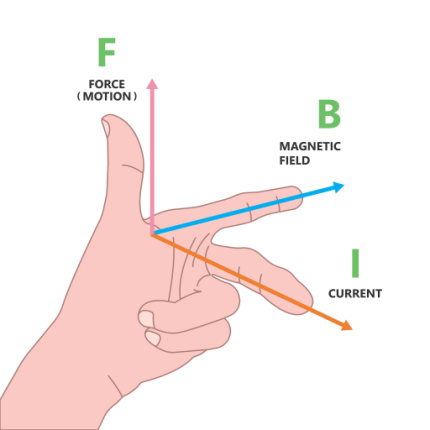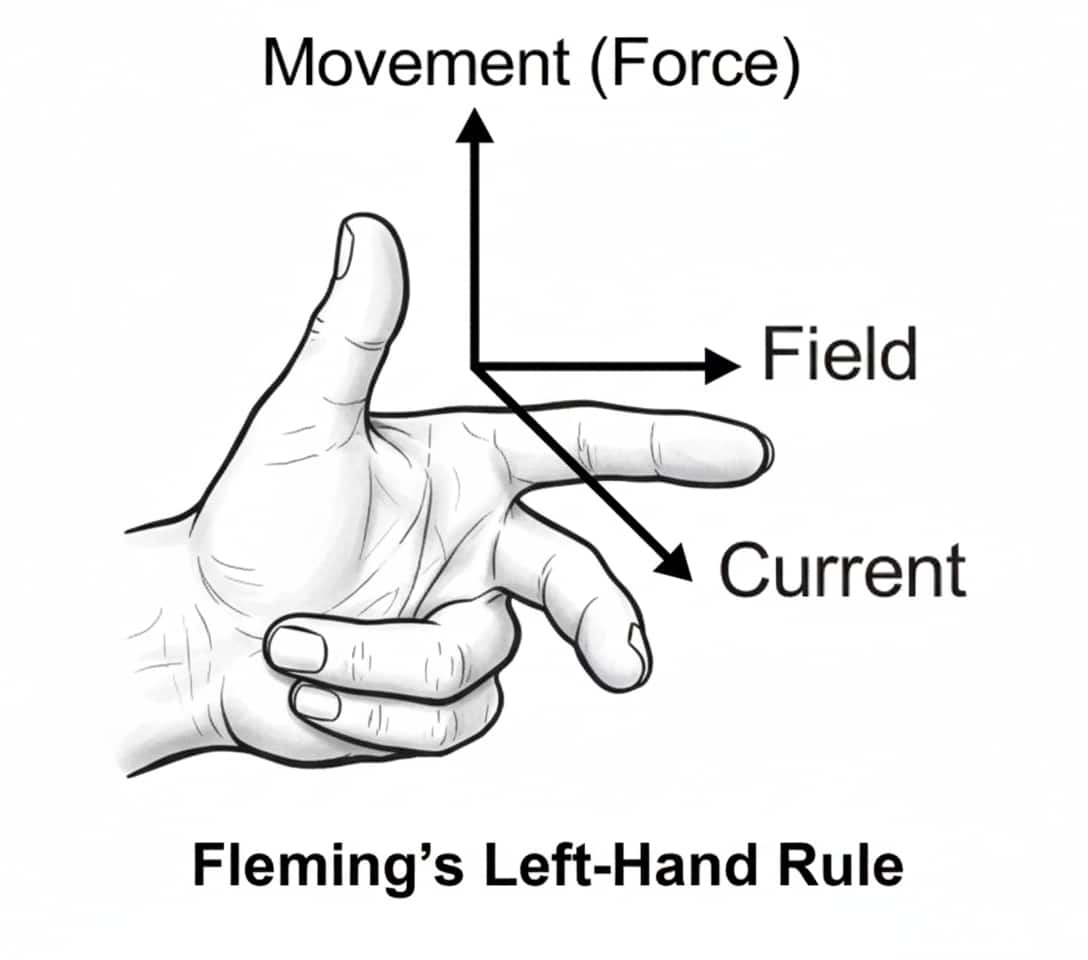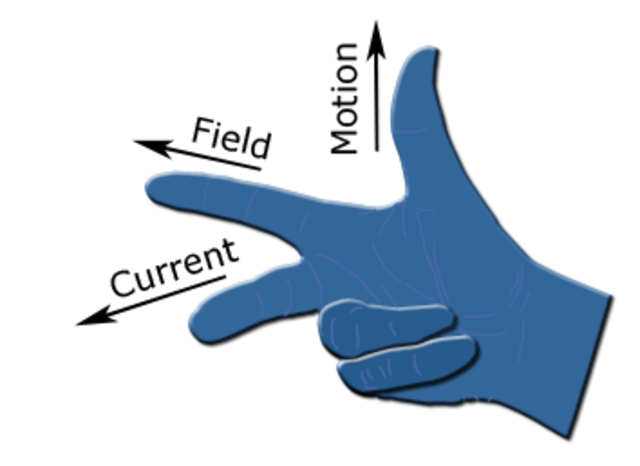Flemings Left Hand Rule and Right Hand Rule
Electromagnetic induction works on Fleming’s left-hand rule and right-hand rule, both given by John Ambrose Fleming in the late 19th century. These rules help us easily find the direction of current, force, or motion in devices like motors and generators. In these rules, you use your thumb, forefinger, and middle finger at right angles to each other. One finger shows the direction of the magnetic field, another shows current, and the last shows force or motion. It is important to note that these rules do not give the magnitude of current or force, but only the direction. They are widely used in magnetism and electromagnetism.
This Story also Contains
- Fleming Left-Hand Rule
- Fleming Right Hand Rule
- Difference Between Fleming’s Left-Hand and Right-Hand Rule

Fleming Left-Hand Rule
John Ambrose Fleming (1849-1945), suggested a rule for finding the direction of the force experienced by a current-carrying wire placed in a magnetic field that is perpendicular to the current in the wire.
If the forefinger, the second finger and the thumb of the left hand are stretched at right angles to each other, with the forefinger pointing in the direction of the field and the second finger in the direction of the current then the thumb indicates the direction of the force. It is called Fleming's left hand rule.

How to Apply Fleming's Left-Hand Rule?
Stretch the thumb, middle finger, and index finger of the left hand to form a 90-degree angle (perpendicular to each other), as shown in the figure:
Then,
- Forefinger will represents the direction of the magnetic field (B), from north to south.
- Middle finger will represents the direction of the current (I), from positive to negative.
- Thumb will indicates the direction of the force (F) or motion of the conductor.
Fleming's Left-Hand Rule in Electric Motors
When a moving conductor is placed inside a magnetic field, a current is induced in it, according to Faraday's law of electromagnetic induction.
- There will be a link between the direction of applied force, magnetic field, and current if the conductor is forcefully moved inside the magnetic field.
- It is mostly utilized in the operation of electric motors.
- The rule's principal goal is to determine the direction of motion in an electric motor.
- The direction of motion in an electric motor is determined by the popular Fleming's left-hand rule, which is based on Faraday's law of electromagnetic induction.
Application of Fleming's left hand rule
Fleming’s left-hand rule is used to find the direction of force (motion) on a current-carrying conductor placed in a magnetic field. It has several applications in physics and technology:
- Electric Motors – To determine the direction of rotation of the motor coil.
- Loudspeakers – To find the direction of vibration of the coil and cone when current flows.
- Moving-Coil Galvanometer – To detect the deflection direction of the needle.
- Linear Motors – To predict motion of conductors under strong magnetic fields.
- Magnet-based Devices – Any device where current and magnetic field produce motion.
Fleming Right Hand Rule
Fleming right hand rule is used to determine the direction of induced current when a conductor moves in a magnetic field. It is based on Faraday's Law of Electromagnetic Induction and is majorly applied in generators.
How to Apply Fleming's Right-Hand Rule?
Stretch out your thumb, forefinger, and middle finger of your right hand such that they are perpendicular to each other as demonstrated in the following figure:

Then,
Thumb: It moves in the same direction as the conductor.
Forefinger: Represents the direction of the magnetic field (BBB), from north to south.
Middle finger: Indicates the direction of the induced current.
Applications of fleming's right hand rule
-
The direction of induced current within an electric generator is determined by Fleming's right hand rule.
-
This rule is used in dynamos used in bicycles, or similar, in which the motion is converted into electrical energy by means of their electric current.
-
Fleming's Right Hand Rule is used by devices such as wind turbines and hydroelectric generators to figure out how to convert mechanical energy (say wind movement, or water movement) into electricity through electro magnetic induction.
-
This rule is the basis of operation of magnetic sensors used in automotive and industrial applications and determine induced current.
Difference Between Fleming’s Left-Hand and Right-Hand Rule
Here is a simple table showing the difference between Fleming’s Left-Hand Rule and Fleming’s Right-Hand Rule
| Fleming’s Left-Hand Rule | Fleming’s Right-Hand Rule |
| Used to find the direction of force or motion in an electric motor. | Used to find the direction of induced current in a generator. |
| Explains conversion of electrical energy to mechanical energy. | Explains conversion of mechanical energy to electrical energy. |
| Applied in electric motors, loudspeakers, galvanometers. | Applied in generators, dynamos, alternators. |
| Thumb = Force/Motion, Forefinger = Magnetic Field, Middle Finger = Current. | Thumb = Motion, Forefinger = Magnetic Field, Middle Finger = Induced Current. |
Related Topics
Frequently Asked Questions (FAQs)
The left-hand rule of Fleming aids with movement prediction. A current-carrying coil of wire twists when it is put in a magnetic field. The motor effect is what this is known as.
With the use of the Right Hand Thumb Rule, the direction of magnetic field lines produced by current flow can be hypothetically calculated. Clasp Rule is another term for right hand thumb rule.
The force is greatest when the current direction is 90 degrees from the magnetic field direction for any given combination of current and magnetic field strength. If the current and magnetic field are parallel to one another, there is no motor effect force.